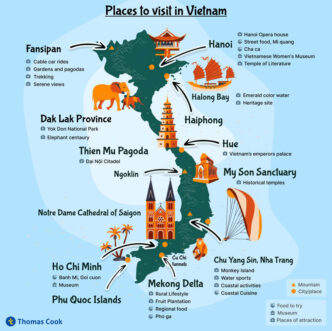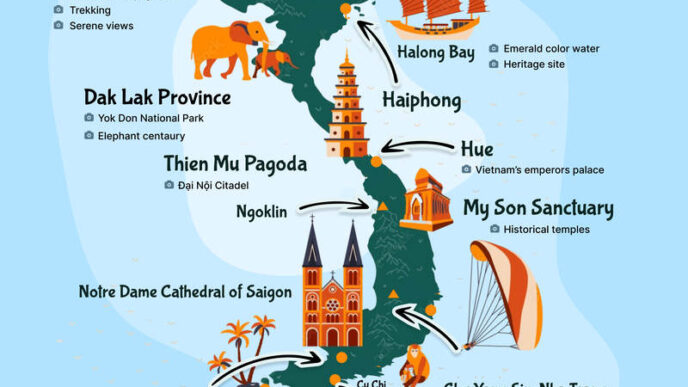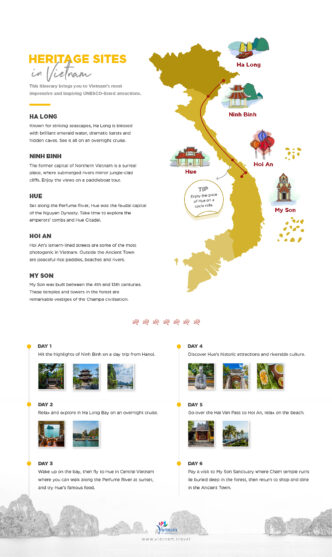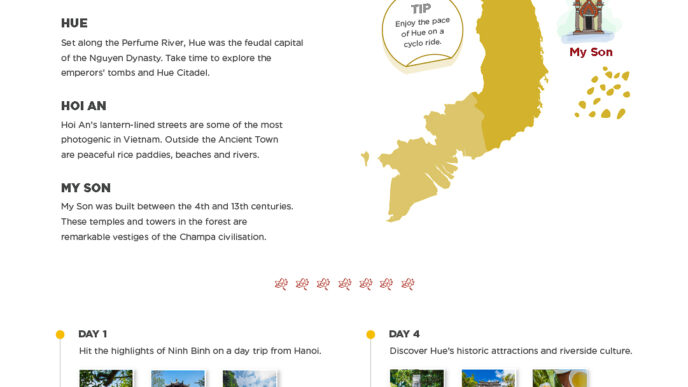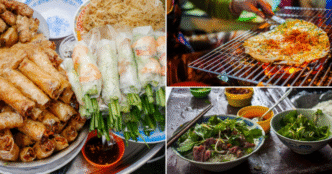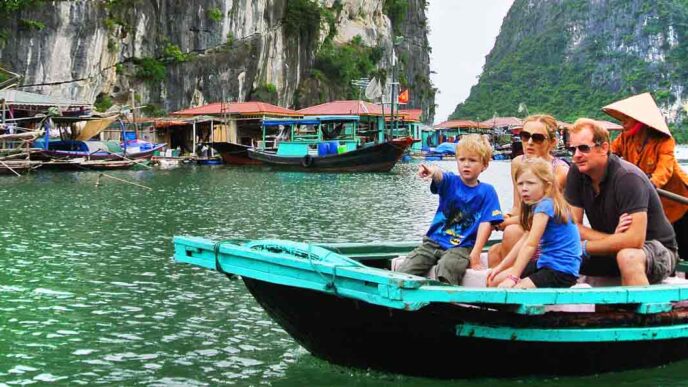Essential Vietnam Local Tips: A Traveler’s Guide to Experiencing Vietnam Like a Local
Vietnam is a country full of vibrant culture, stunning landscapes, and friendly people. If you’re planning a trip to this beautiful destination, it’s important to understand the local customs and tips to make the most of your experience. By following these Vietnam local tips, you’ll not only gain a deeper understanding of the culture but also enhance your travel experience in the country.
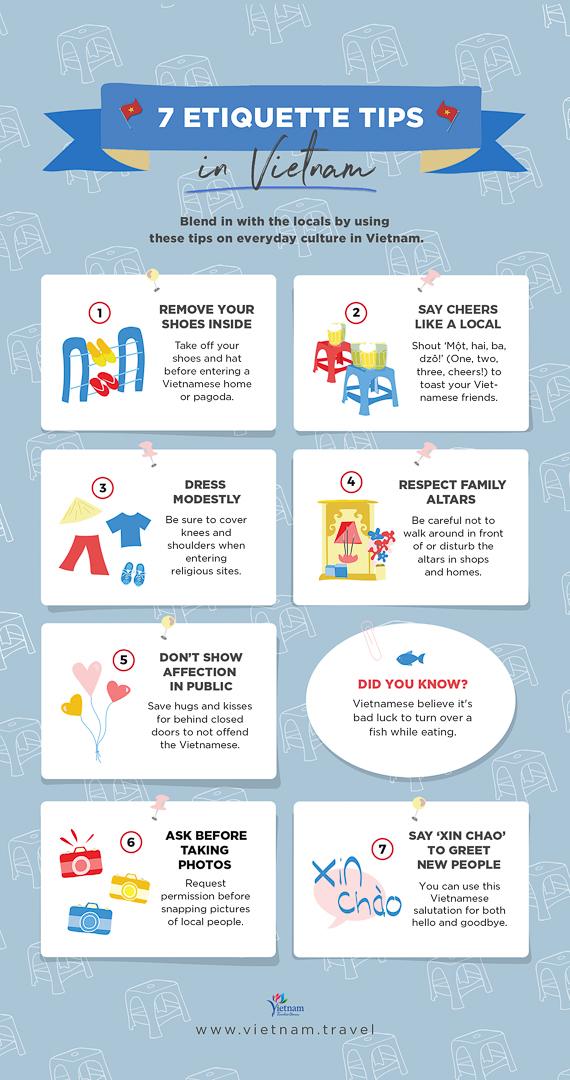
1. Respecting Local Etiquette: The Key to Cultural Understanding
Vietnamese culture places a strong emphasis on respect, especially when interacting with elders or authority figures. Understanding local customs and etiquette is essential for creating positive interactions during your trip.
-
Greetings: A simple handshake is a common way to greet someone, especially in business or formal settings. However, in more rural areas, you may find people bowing slightly or offering a traditional Vietnamese greeting called “chào.”
-
Dress Modestly: When visiting temples or cultural sites, it is important to dress modestly. Avoid wearing shorts or sleeveless tops, especially when entering sacred spaces.
-
Respect Elders: In Vietnam, elders are highly respected. When sitting, try to allow older people to sit first, and always use polite language when addressing them.
-
Gift Giving: When presenting a gift to a Vietnamese person, it is best to offer it with both hands as a sign of respect. It is also customary to avoid giving gifts in sets of four, as the number is associated with bad luck.
Tip: Vietnam etiquette is important to know before visiting temples, homes, or even interacting with locals in a market setting. It helps you create lasting, respectful connections.
Explore more on Vietnamese etiquette.
2. Navigating Transportation Like a Local
Vietnam has a well-developed yet unique transportation system that can be quite different from what you’re used to. To get around like a local, here are some tips:
-
Motorbikes Everywhere: Motorbikes are the primary mode of transportation in Vietnam. Don’t be surprised to see people carrying entire families or stacks of goods on their bikes. If you’re planning to rent one, be sure to wear a helmet and familiarize yourself with local traffic rules.
-
Grab App: Just like Uber or Lyft, Grab is a popular app in Vietnam for ordering rides. It’s easy, affordable, and convenient, especially for short trips within cities.
-
Buses: In larger cities like Hanoi or Ho Chi Minh City, the bus system is efficient and affordable. However, it may be a bit crowded, especially during rush hour. If you’re unfamiliar with the local routes, using the Grab app can be a more comfortable choice.
-
Cyclo Rides: In cities like Hanoi and Ho Chi Minh City, cyclos (pedicabs) are a fun and unique way to explore the streets. They provide a relaxed and scenic way to see the city.
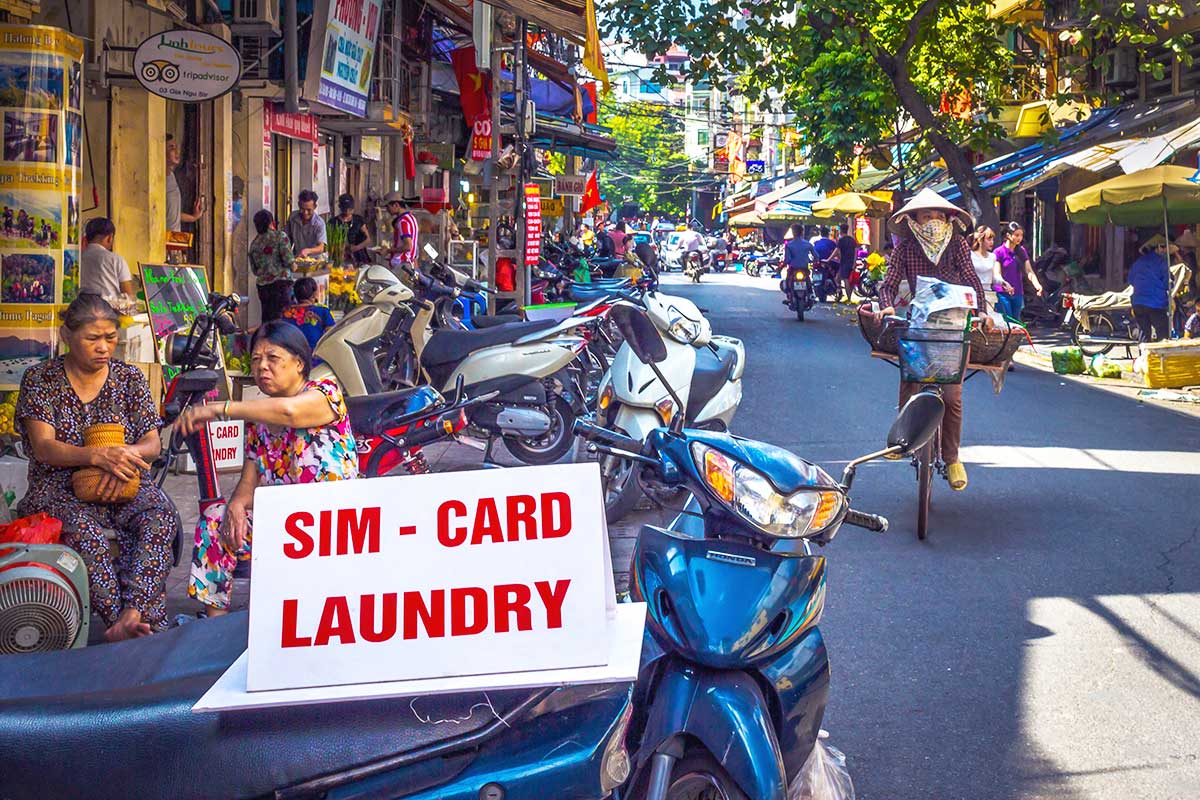
Tip: Always agree on the price or check the meter before getting into a taxi or motorbike ride to avoid overcharging.
Learn more about transportation in Vietnam.
3. Local Food Etiquette: Savoring Vietnam’s Cuisine
Vietnam is famous for its delicious food, and eating like a local is an experience you won’t forget. Here are some tips for enjoying Vietnamese cuisine the right way:
-
Use Chopsticks: In Vietnam, chopsticks are the standard utensils for eating. Be sure to place your chopsticks neatly on the bowl or plate when not in use. It’s considered impolite to stick them upright into a bowl of rice as this resembles a funeral tradition.
-
Sharing Food: In Vietnamese culture, meals are often served family-style, with multiple dishes meant to be shared. It’s important to try a little bit of everything and enjoy the communal aspect of dining.
-
Street Food: Don’t miss out on street food, but make sure to choose stalls that are busy with locals – this is often an indicator of quality and freshness. Bánh mì, pho, gỏi cuốn (spring rolls), and bánh xèo (Vietnamese pancakes) are must-try dishes.
-
Drinking Etiquette: If you’re invited to drink with locals, especially rice wine or beer, be sure to hold your glass with both hands when offering or receiving a drink as a sign of respect.
Tip: Always ask the locals for recommendations. You’ll often find the best pho or bánh mì at small street stalls that may not be listed in guidebooks.
Discover the best food to try in Vietnam.
4. Navigating Local Markets
Vietnam’s markets are a sensory overload—colorful, bustling, and filled with delicious food and unique goods. Whether you’re looking to shop for souvenirs or experience the local atmosphere, here’s how to navigate them like a local:
-
Haggling: Bargaining is part of the shopping experience in Vietnam. It’s normal to haggle at markets like Ben Thanh Market in Ho Chi Minh City or Dong Xuan Market in Hanoi. Start with an offer that’s about half of the asking price and negotiate from there.
-
Know What to Buy: Local markets are great places to buy fresh produce, souvenirs, handicrafts, and clothing. Be sure to ask about the origin of the items you’re interested in to avoid overpaying for items that might not be as authentic.
-
Small Notes: Vendors often prefer smaller bills, so make sure to carry a supply of small denominations when shopping.
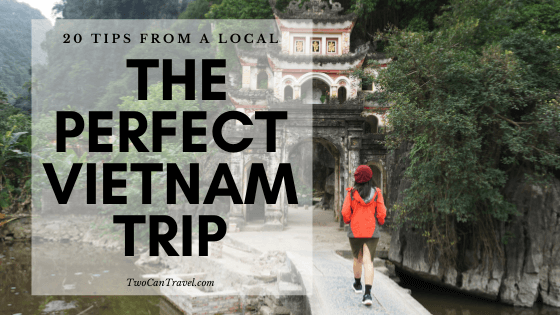
Tip: Be aware of your belongings, especially in crowded places. Pickpocketing can happen in tourist-heavy areas.
Explore Vietnam’s best markets here.
5. Phone and Internet Tips: Staying Connected
Staying connected in Vietnam is easy, but it’s important to know how to manage your phone and internet usage while traveling.
-
SIM Cards: You can easily buy a SIM card at the airport or local stores in Vietnam. Popular providers include Viettel, Vinaphone, and Mobifone. These SIM cards offer great coverage and affordable data packages for tourists.
-
Wi-Fi Availability: Wi-Fi is widely available in cafes, hotels, and restaurants. Most places offer free Wi-Fi, though the speed may vary, especially in more remote areas.
-
Apps: Download Grab for transportation, Google Maps for navigation, and Zalo, a Vietnamese messaging app, to stay in touch with locals.
Tip: If you’re traveling outside major cities, consider getting a local SIM card with data to stay connected in more remote areas.
Learn more about staying connected in Vietnam.
6. Safety Tips: Traveling Smart
Vietnam is generally a safe country for tourists, but like any destination, it’s important to stay aware of your surroundings and take precautions.
-
Stay Alert in Crowded Areas: Tourist areas can attract pickpockets. Always keep your valuables close, especially when using public transportation or visiting markets.
-
Health Safety: Make sure to drink bottled water, as tap water in Vietnam is not always safe to consume. Also, be mindful of food hygiene when eating at street food stalls.
-
Scams: Be cautious of taxi drivers or tour guides offering services at extremely low prices. Always agree on a price beforehand or choose reputable companies.

Tip: Trust your instincts. If something doesn’t feel right, move to a safer location.
More safety tips for traveling in Vietnam.
7. Local Festivals and Events
Vietnam hosts numerous festivals and cultural events throughout the year. Understanding the timing of these events can add a special dimension to your trip.
-
Tet Nguyen Dan (Lunar New Year): The most important festival in Vietnam, Tet marks the beginning of the lunar new year. It’s a time for family gatherings, feasts, and honoring ancestors. Be aware that many businesses may close during this period.
-
Mid-Autumn Festival: Celebrated in the fall, this festival is known for its beautiful lantern displays and lively street performances.
-
The Hue Festival: A biennial celebration in the ancient city of Hue, this festival celebrates Vietnam’s cultural heritage with performances, art exhibitions, and traditional music.
Tip: If you’re visiting Vietnam during a major festival, make sure to book accommodations and transport well in advance.
Check out Vietnam’s top festivals.
FAQs
1. Is it okay to tip in Vietnam?
Tipping is not mandatory in Vietnam but is appreciated, especially in higher-end restaurants and hotels. A 10% tip is a good rule of thumb.
2. How can I communicate in Vietnam?
While Vietnamese is the official language, many people in urban areas speak basic English. Learning a few Vietnamese phrases, like “Xin chào” (Hello), can go a long way.
3. Are there any cultural taboos I should know about?
Yes, be mindful not to touch someone’s head, as it is considered the most sacred part of the body. Also, avoid pointing your feet at people or religious objects.
4. What’s the best way to stay healthy in Vietnam?
Drink bottled water, avoid street food that hasn’t been properly cooked, and protect yourself from mosquitoes to avoid diseases like dengue fever.
Conclusion: Embrace the Local Culture
By understanding and embracing local tips and customs, you’ll have a much more authentic and enjoyable experience in Vietnam. From respecting etiquette to navigating transportation, the small things make a big difference in how you connect with the country and its people. Follow these tips, and you’ll be on your way to having a wonderful time in Vietnam.

